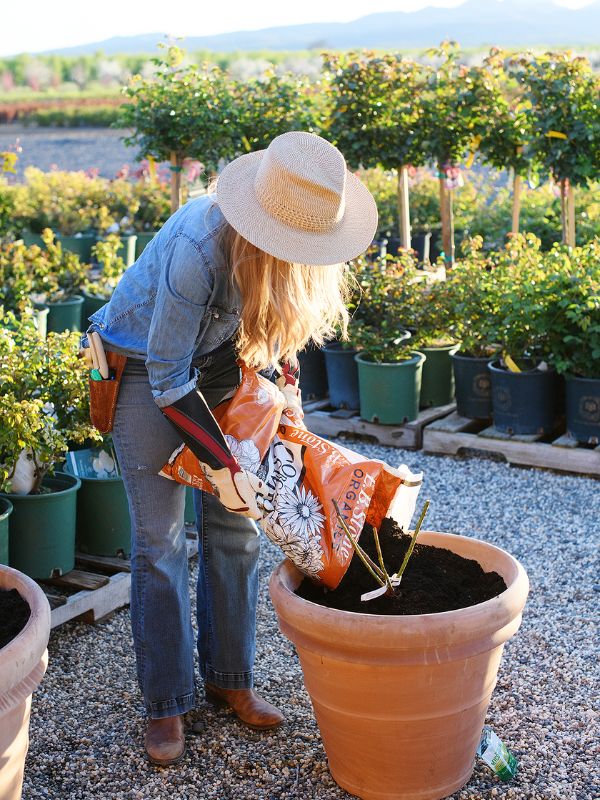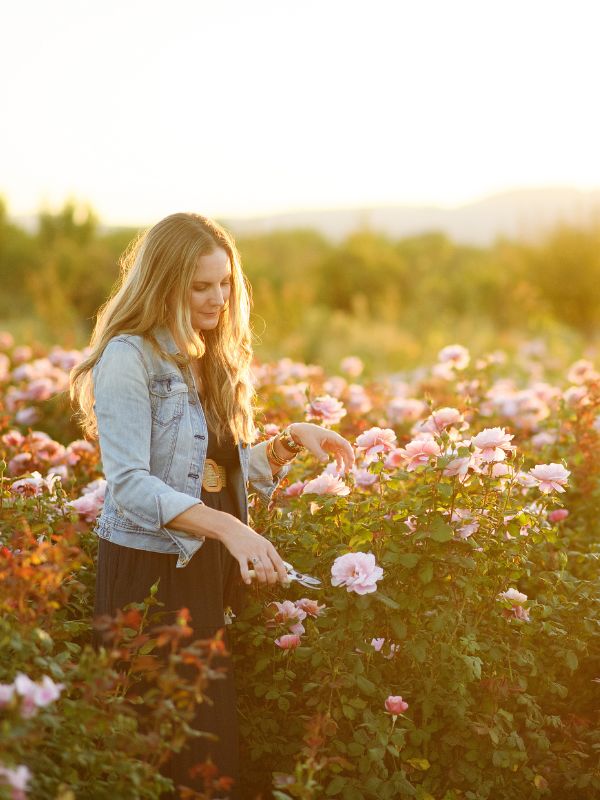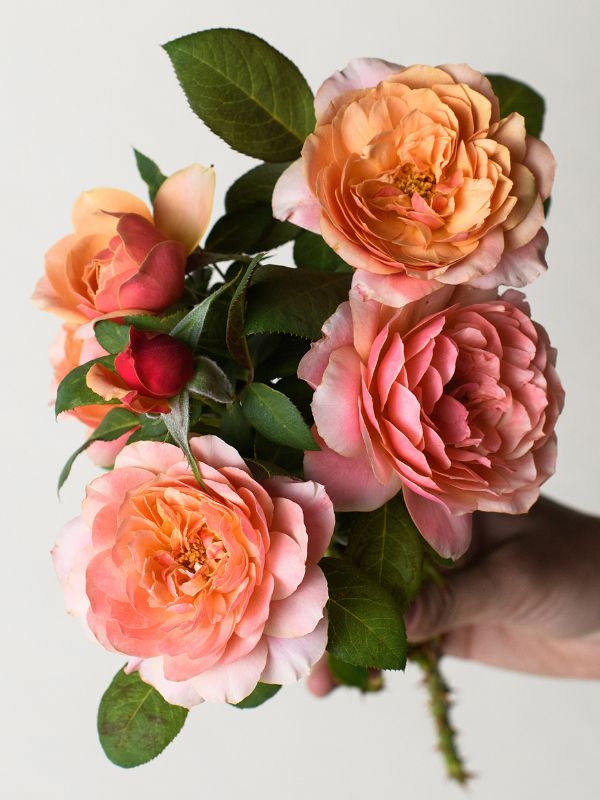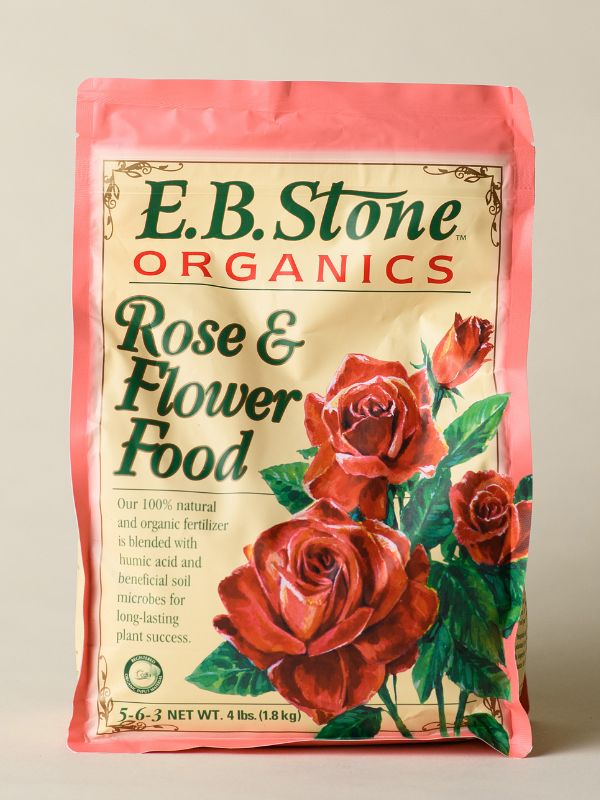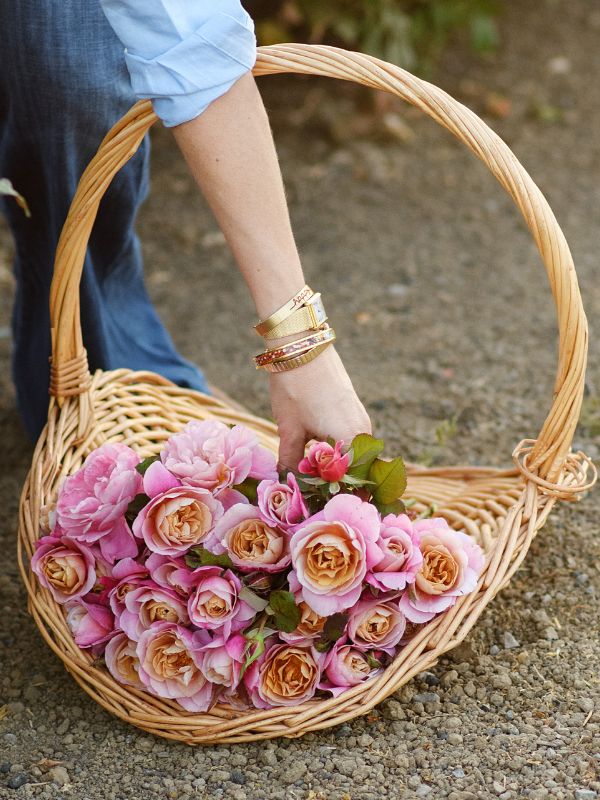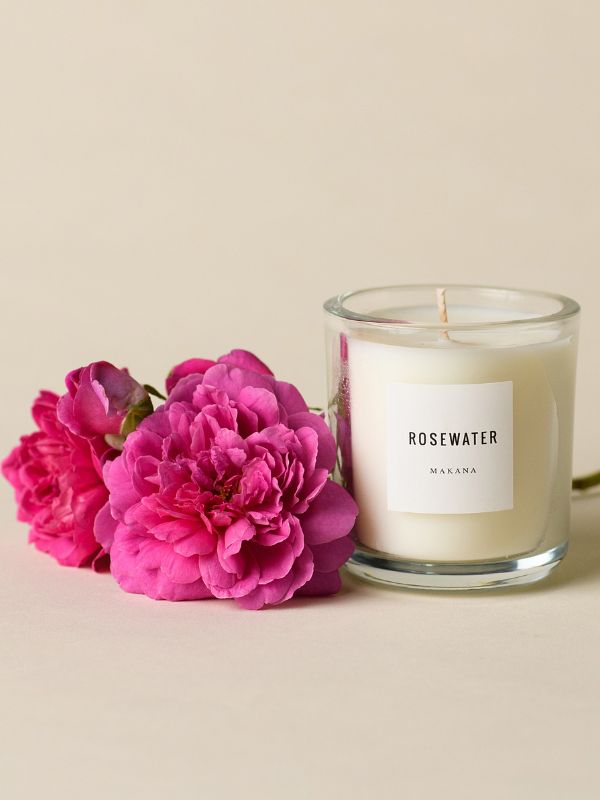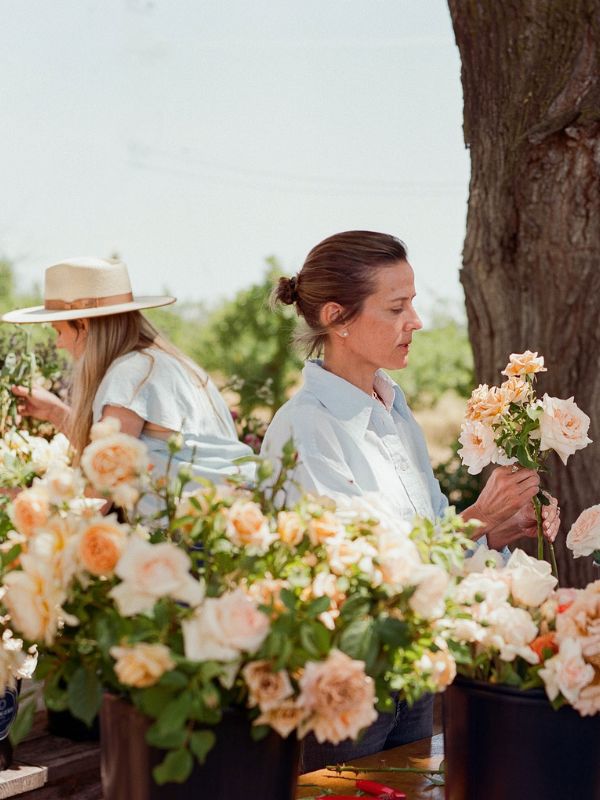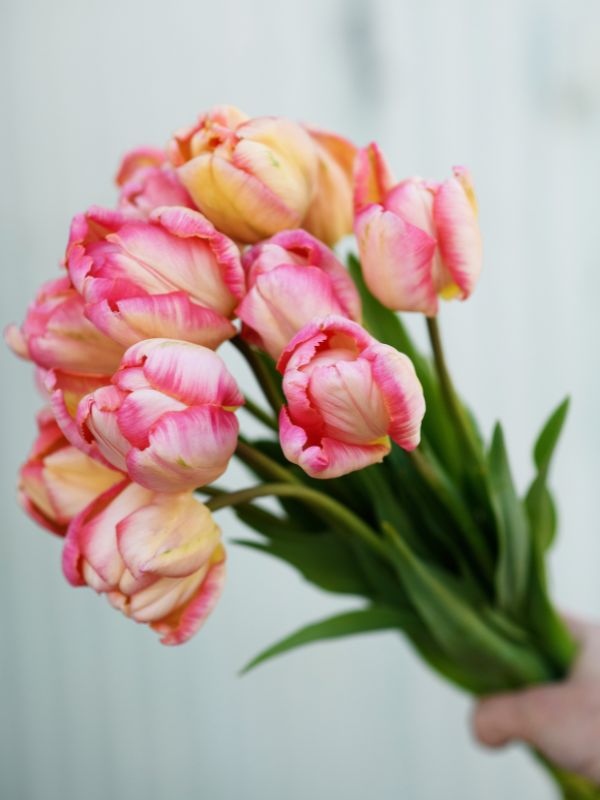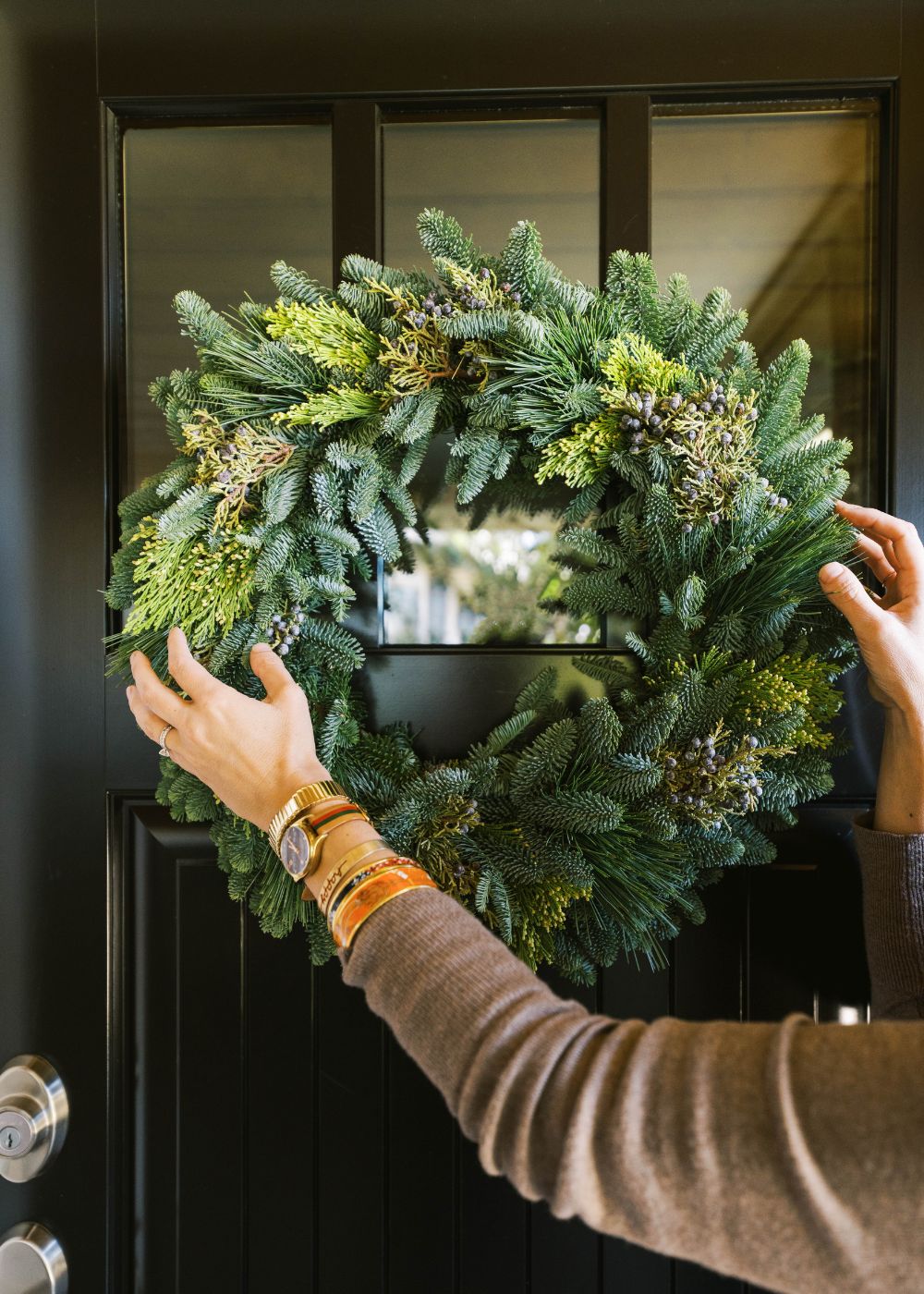Hey there, and welcome to this week's edition of my Spring Rose Care newsletter series! Throughout April, I'm sharing essential tips to for Spring rose care.
This past week brought classic Spring weather to the farm—warm, sunny days reaching into the 80s, followed by rainstorms, hail and thunder for the next 4 days. This unpredictable, humid weather creates the perfect conditions for rose diseases to emerge, even in our typically dry, arid climate in zone 9b. The combination of overcast skies and storms can invite issues for gardens that normally stay disease-free. That's why this week, we're focusing on rose disease prevention and control. Even in the warmest, driest climates, spring can be a challenging season for maintaining healthy roses. Let's tackle these diseases together and keep your rose garden thriving!
Let's face it, every rose grower deals with disease, no matter how green your thumb is. Just like with pesky insects, you'll never completely eliminate diseases from your garden. But here's the secret: a healthy rose is your best defense. Keep your plants well-watered, maintain rich, healthy soil and think of your roses like you would your immune system—strong plants can fight off disease infections better.
Let's dive in to diseases 101! The BIG FOUR most common rose diseases in North America are black spot, powdery mildew, rust, and downy mildew. The good news? Despite their differences, they can all be managed with similar fungal treatment strategies - foliage removal and fungicides. Even less disruptive fungal issues—like botrytis blight or canker—respond to the same preventative and curative protocols.
Fungal diseases spread through airborne spores, which thrive when there's a combination of moisture, humidity, and the right temperature range. Once established, they can cause significant damage—black spot and rust in particular can defoliate a rose bush, weakening the plant by reducing its ability to photosynthesize. That's why early detection and prompt treatment are essential to keep your roses healthy and thriving.
Identifying Common Diseases
Alright, let's learn what to watch for on your rose plants.
-
Black Spot: Those telltale circular black spots with yellow rings are caused by damp weather. It starts on the leaves but can spread to the canes. Keep your rose bushes pruned for better airflow and clean up fallen leaves to stop the spread.
-
Rust: Check the underside of the leaves for orange, rusty fuzz. Yep, it looks just like rust on metal. Snip off infected leaves and avoid watering overhead.
-
Downy Mildew: Purple or reddish splotches that turn leaves yellow and then brown? That's downy mildew. It moves fast—like, days fast—so clean up infected leaves immediately and spray with a fungicide ASAP.
-
Powdery Mildew: White, fuzzy patches on leaves, stems, and buds—this one thrives in humid conditions or poor air circulation (even in dry climates after rain!). Thin out crowded areas and prune affected parts before it gets worse.
If a leaf remains wet/damp for 7–12 hours and temperatures are between 65–75°F (18–24°C), fungal spores can successfully infect. Without the right temperature or moisture level on the leaf the spores won't infect. This is why keeping the foliage as dry as you can is key to preventing the spread. This is also why in humid climates it is so hard to combat fungal infections in roses.
Step 1: Prevention is key.
Avoid overhead watering and make sure your drip irrigation and sprinklers are not over spraying the foliage of your rose plants. Allow for good airflow between plants. If you spot infected leaves, remove them ASAP and toss them in the trash (never compost!) to keep the infection from spreading. Clean up debris around the base of your roses. Consider planting disease-resistant varieties - roses with glossier almost shiny foliage are more resistant to disease. And don't forget tool hygiene—clean your pruners between uses to stop diseases from spreading.
Step 2: Monitor like a pro.
Keep tabs on any diseases that pop up and track in your garden journal. Weekly is good for monitoring but if you live in a year round humid climate than you'll want to increase your monitoring frequency. Over time, you'll hone your seasonal monitoring care routine and find infection patterns that tend to repeat every year. By catching any disease infection early you will be able to more effectively treat it. It is very hard to control an infection when it as already taken hold of more than 1/4 of the rose plant.
Step 3: Treat wisely.
Always start with the gentlest treatment option, like an organic fungicide treatment, and move to stronger methods only if necessary. Rotate your fungicides (organic or not) every couple of uses to avoid resistance. Spray during the coolest part of the day—morning is best—when temps are below 80°F and pollinators aren't buzzing around. If you're a flower farmer, make sure to make sure you have the proper permits before using fungicides, even organic ones.
Fungicide Control Methods
When treating, always read the product label, follow application instructions and wear the right protective equipment.
The biggest mistake? Not applying or mixing products correctly as directed on the product labels or skipping application intervals. If you're unsure how to apply, check with your local ag extension or master gardener programs for classes on safely mixing and applying treatments or grab this
book on chemical handling for a crash course. Remember, even organic products need careful handling!
This week's action step: Focus on taking the 3 key steps to keep your roses healthy—prevent, monitor, and treat for disease using the tips I just shared. A little effort now and you'll be ready when wet and warm conditions arrive to your rose garden.
That's it for this week, friend. I'll be back next week to share all my secrets for tackling pests. See you then!





